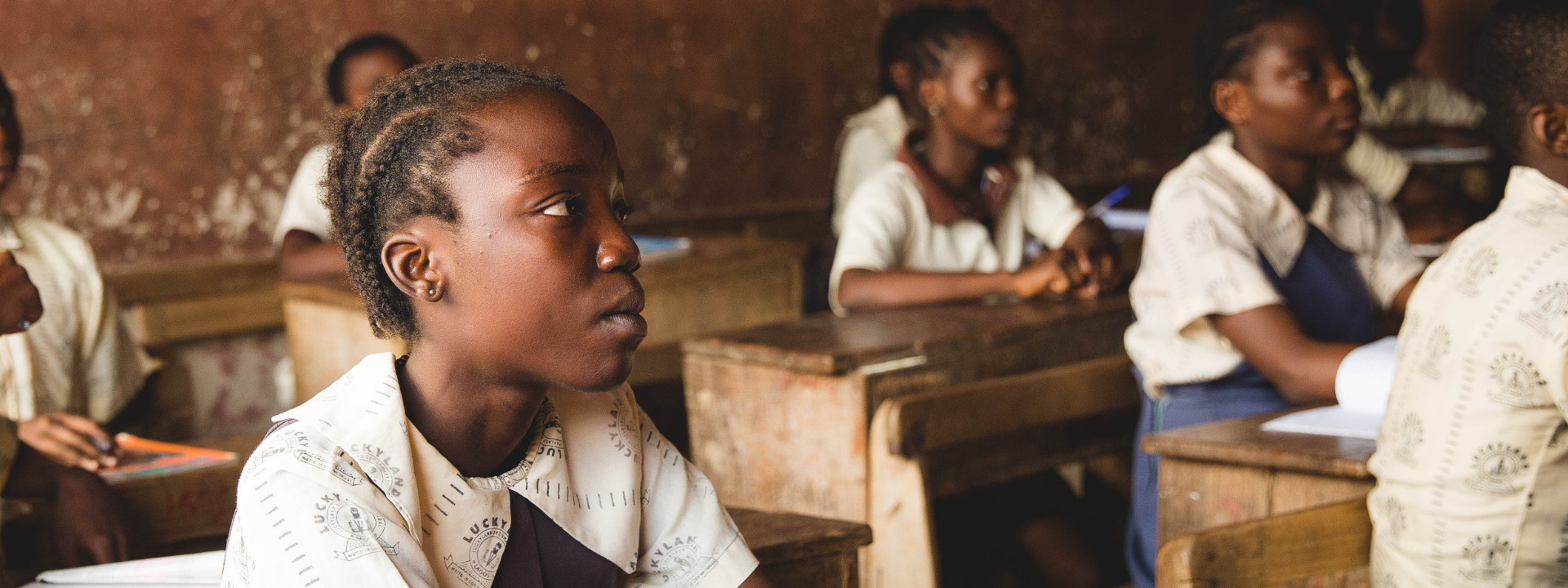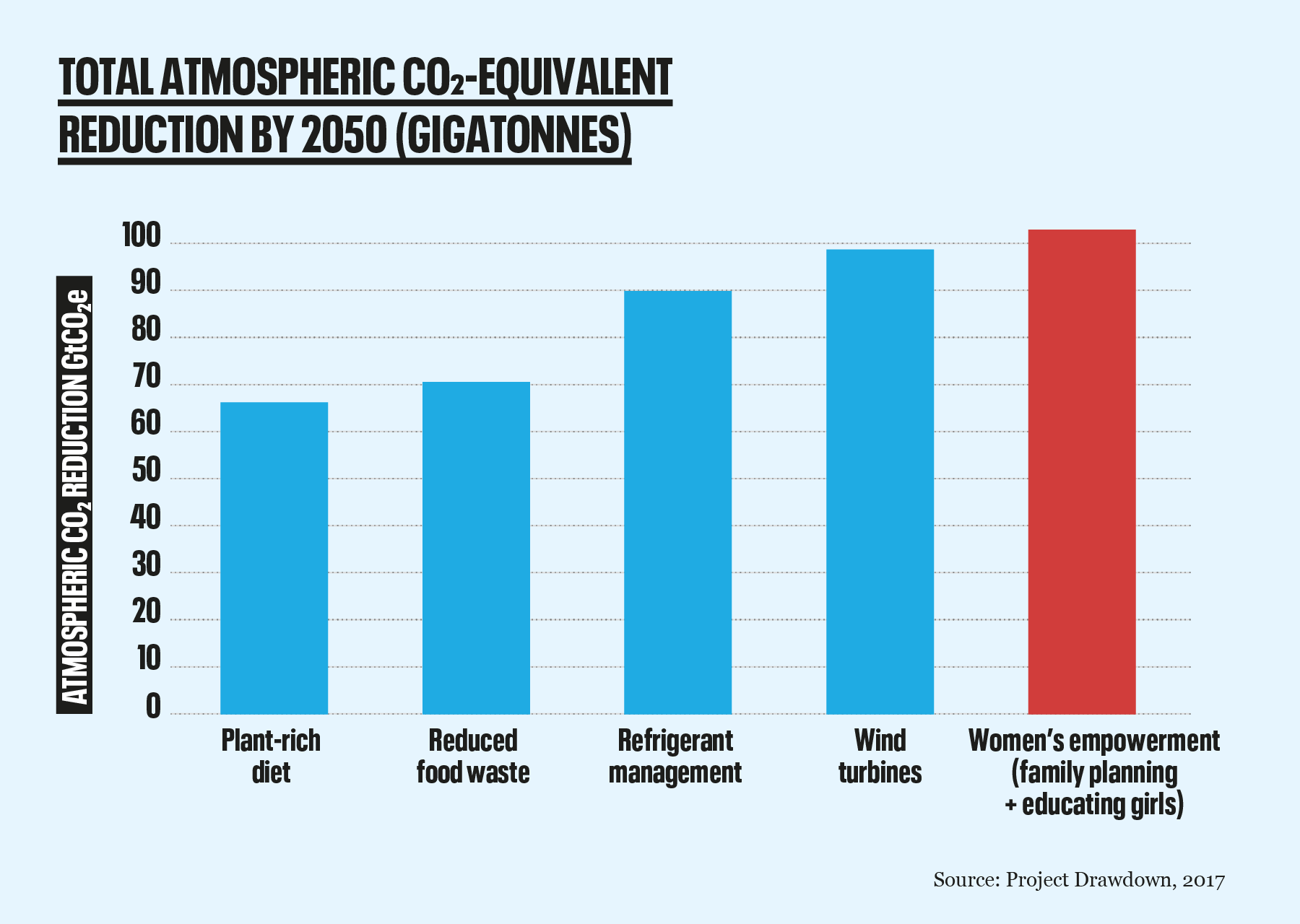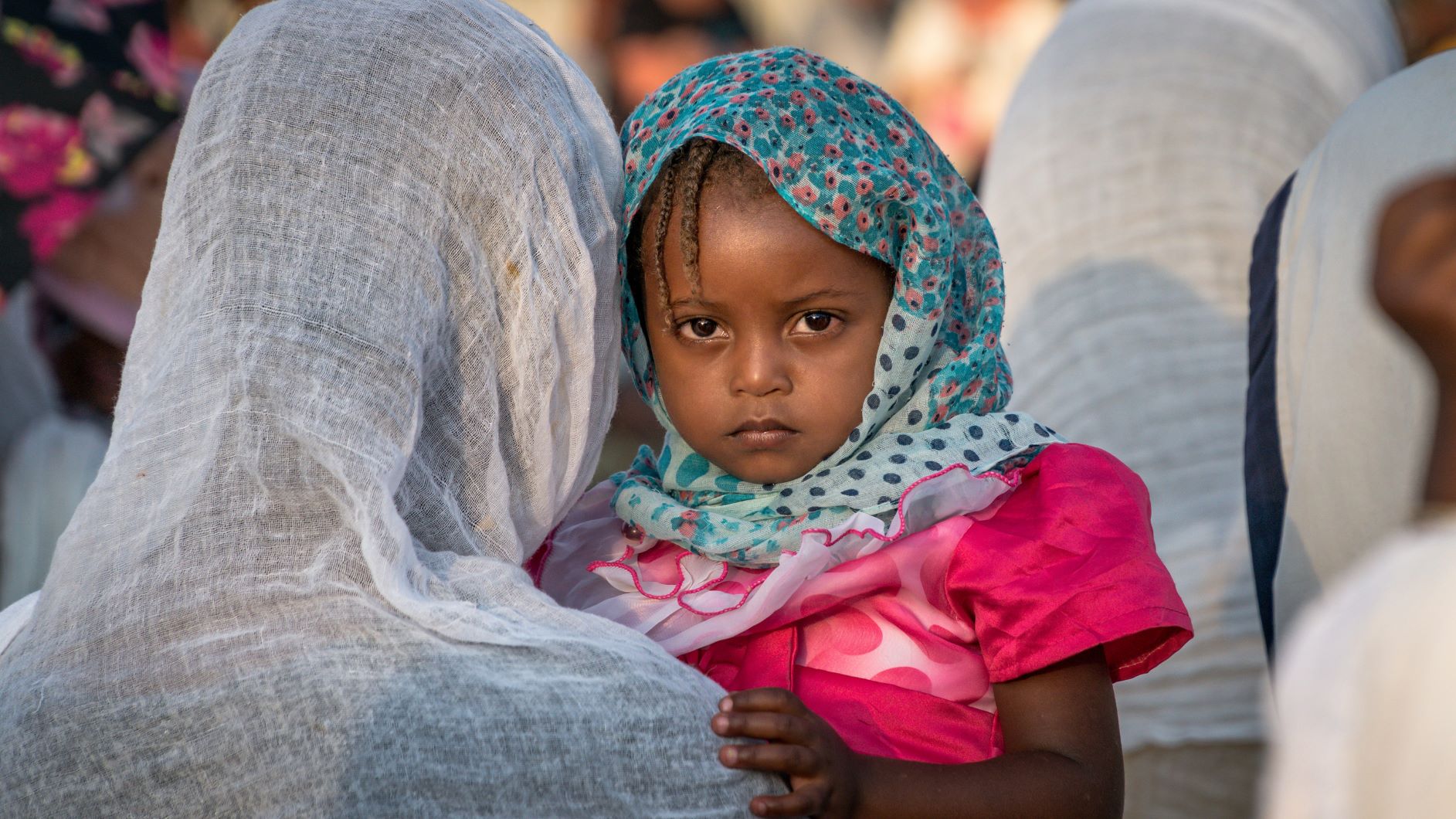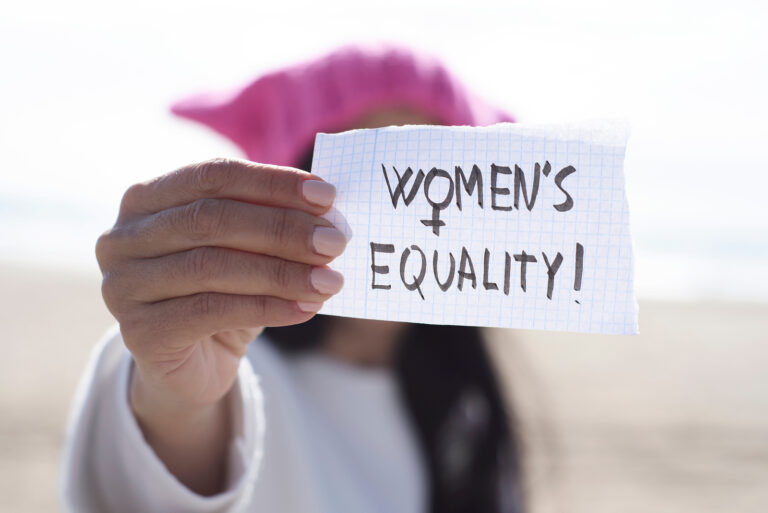
The most powerful action to save the planet is the most neglected one
In our latest blog post, our Digital and Communications Officer, Olivia Nater, writes that as well as being just and morally essential, achieving global gender equality would make an unparalleled contribution to improving lives, reducing emissions and halting the destruction of nature. However, it remains a chronically underfunded and overlooked solution.
Empowered women who have full control over their own bodies and lives have fewer children and make key contributions to environmental sustainability. Project Drawdown, a major international study that ranks climate actions according to their effectiveness, found that the combination of educating girls and providing access to family planning could reduce atmospheric CO2 levels by 103 gigatonnes by 2050 – that’s more than the combined potential of onshore and offshore wind, making women’s empowerment the most effective solution to climate change.

“Educating girls lays a foundation for vibrant lives for girls and women, their families, and their communities. It is also one of the most powerful levers available for avoiding emissions by curbing population growth.”
– Paul Hawken, Founder, Project Drawdown
According to the UN’s latest population projections, we are heading towards a population of more than 10 billion people by the end of the century. Based on their calculations, if every other family had just one fewer child than predicted, we would see our population peak by 2050 and then decline to 7.3 bn by 2100 – that’s fewer people than there are today.
Slow progress towards equality
There is an inverse correlation between the number of years a woman spends in education and the number of children she has in her lifetime. According to the International Institute for Applied Systems Analysis, African women with no education have, on average, 5.4 children; women who have completed secondary school have 2.7 and those who have a college education have 2.2. However, a quarter of all girls do not attend secondary school and one in every five girls is married, or in union, before turning 18. In the least developed countries, that number increases to 40 per cent, with 12 per cent married before the age of 15. Child marriage is a violation of human rights and robs children of a bright future, yet it remains common practice in many parts of the world – to end child marriage by 2030, progress needs to be at least 12 times faster than it is now.
More than 214 million women of reproductive age in developing countries who wish to avoid pregnancy are currently unable to because they are not using modern birth control. At Cairo’s International Conference on Population and Development (ICPD) in 1994, world leaders adopted a ground-breaking agreement calling for women’s reproductive health and rights to take centre stage in development efforts, but since then, the proportion of women married or in union who use modern contraceptives has increased by only 6% to 58% today. Still almost half of all pregnancies are unintended and more than 800 women die every day from causes related to pregnancy or childbirth.

Sexual and reproductive health and rights are a key component of women’s empowerment, however, as outlined in the UNFPA’s latest State of the World Population report, they “cannot be fully realized in the absence of greater gender equality.” Cultural and religious attitudes that promote sexist norms and behaviours remain a major barrier to improving the uptake of modern family planning. Not a single country has yet achieved full gender equality and women continue to be disadvantaged in many other areas, including safety from violence and harassment, employment opportunities and compensation, and access to health care and leadership positions.
The funding gap
Thanks to a growing feminist movement, gender inequality has been gaining increasing attention and over the past two years, governments and international institutions have announced more than $1 billion (£0.8 bn) in new commitments to support gender equality globally. This is a welcome development but it pales in comparison to investment in other areas. Last year alone, foreign development aid from OECD countries totalled $153 bn and the world invested $332.1 bn in renewable energy (let’s not talk about global military expenditure).
Global family planning received a major blow in 2017 in the form of US President Trump’s reinstatement and expansion of the Global Gag Rule. A 2019 report by the International Women’s Health Coalition (IWHC) states that two years on, the rule implicates almost $9 bn in US foreign assistance. In a time when investment in family planning and women’s rights should be higher than ever before, women around the world are suffering the brunt of regressive populist policies seeking to limit their bodily autonomy, freedoms and reproductive rights.
Gender equality is also one of the UN’s 17 Sustainable Development Goals, but we are clearly way off track to achieving it by 2030. This goal is unique in that meeting it is key to attaining most of the other goals, so it just doesn’t make sense for it to be one of the most underfunded ones. For example, removing barriers to women’s participation in education and the workforce decreases poverty and boosts economic growth. Empowered women have smaller families, reducing the strain on global water supplies, curbing climate emissions and protecting biodiversity.
As stated by UNFPA Goodwill Ambassador Ashley Judd,
“If we invest in girls and women, the world and all of the 17 Sustainable Development Goals will advance forward rapidly as a result.”
So, what are we waiting for? World leaders, development institutions and environmental organisations must join together in calling for the empowerment of women and girls as a priority path towards a happier, more sustainable world.


